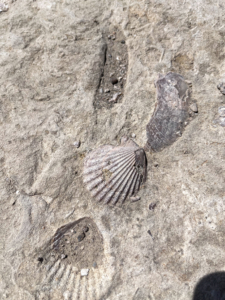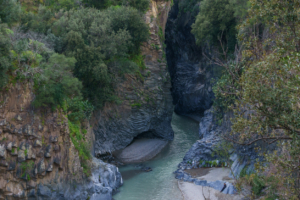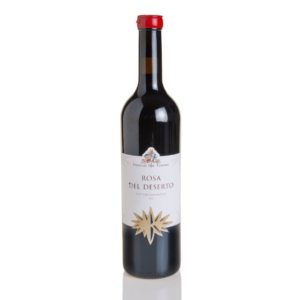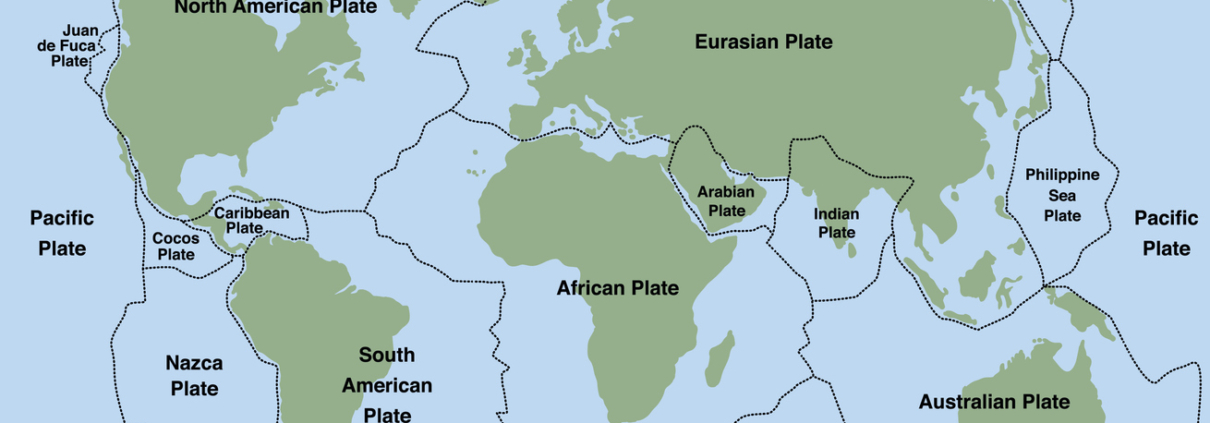THE MESSINIAN GEOLOGICAL EVENT: THE ORIGINS OF USIGLIAN DEL VESCOVO’S LAND
The story of our soil is almost as ancient as time itself, shaped by the dramatic upheavals that transformed the Mediterranean basin millions upon millions of years ago.
The origins of our land are lost in a past marked by primordial geological eras—dramatic tectonic events that molded this terrain and defined its unique characteristics.

Ever heard of the Messinian Salinity Crisis? It was a monumental event that deeply influenced the geological and environmental evolution of the Mediterranean region.
We’re at the end of the Miocene epoch, about 5 million years ago, when the Strait of Gibraltar, due to movements in the Earth’s crust, rose and eventually closed completely cutting off the Mediterranean Sea from the Atlantic Ocean. This led to the near-total evaporation of the Mediterranean’s waters, transforming it into a vast desert-like expanse or a collection of shallow salt lakes.

The immense amount of evaporated water triggered a prolonged period of torrential rains, which carved out deep canyons and valleys. The Rhône Canyon and the incised Nile Valley, for instance, are remnants of this era. These rains also gave rise to rivers that once again flowed into the Mediterranean basin.
The crisis ended when the Strait of Gibraltar reopened, once again due to the intense tectonic movements of the Miocene period. This allowed the Atlantic Ocean to pour back into the Mediterranean, unleashing a colossal flood that refilled the basin in just a few thousand years—or even in a matter of decades, according to some theories. Some estimates suggest that water levels rose by dozens of meters per day.
As the waters surged in, they redeposited the sediments that had previously accumulated, pushing them into the newly carved canyons.

Usiglian del Vescovo stands today precisely on one of those ancient canyons. Even now, it’s possible to find seashells and remnants of that ancestral past in our soils.
This ancient event left a profound mark on the Mediterranean terroirs—including ours—shaping the nature of the land and influencing the quality and personality of the wines that come from it. It’s a legacy written deep in the earth, a silent witness to a time as old as history itself.
This post is also available in: Italian






Leave a Reply
Want to join the discussion?Feel free to contribute!